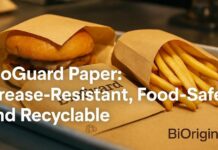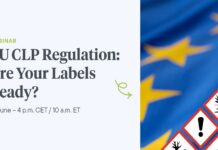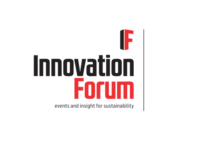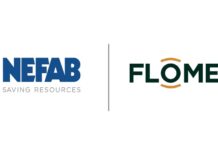The Corrugated Packaging Alliance (CPA), which happens to be sponsored by the American Forest & Paper Association, AICC – the Independent Packaging Association as well as the Fibre Box Association, and TAPPI, has recently published the results of a life cycle assessment (LCA). The assessment goes on to show that the corrugated packaging sector has gone on to make significant progress when it comes to minimising its impact on the environment, and this advancement can be credited with the development of recycling infrastructure.
A study was conducted by one of the London-based companies and also by the National Council for Air and Stream Improvement, based in Cary, North Carolina. The study was aimed at assessing the environmental impact of a corrugated product that represents the average standard for the industry in the United States. The evaluation covered the overall life cycle of the product. The information utilised in this report was gathered from containerboard mills that made up roughly 69% of U.S. containerboard production in 2020.
Additionally, the information was collected from converting facilities that represented about 57% of U.S. corrugated shipments in the same year.
Based on the evaluation, it was inferred that the corrugated packaging industry has gone on to make significant strides in reducing its negative environmental impact since 2006. This involves a noteworthy cut of almost 50% in greenhouse gas emissions. Numerous other indicators have experienced reductions, including a 13% decrease when it comes to ozone depletion, a 44% decrease in cases of smog, a 41% dip in acid rain, a 30% decrease in eutrophication, a 54% decrease in respiratory effects, a 13% decrease in energy use, and an 18% decrease in water usage.
Since 2006, there has been a notable rise of 20% in the area of fossil fuel extraction.
According to Heidi Brock, the President and CEO of AF&PA, sustainable practices form the basis of the paper industry, along with the wood products industry. The industry has a strong history of leading in sustainability. This life cycle assessment demonstrates the enduring dedication to sustainable manufacturing, which in turn encourages the circular nature of the industry.
Investments in recycling facilities are widely recognised as an important driver of progress within the industry. When comparing 100% recycled products to the average corrugated product in the industry, the findings indicate that the former has fewer emissions of eutrophying substances, as well as reduced water and renewable energy usage.
As per the report, the addition of new fibre to the system plays a crucial role in determining the amount of CO2 and methane removed from the landfill. While studying each stream of production individually comes with benefits and drawbacks, combining newly created fibres with recycled fibres optimises fibre reuse and promotes circularity.

























